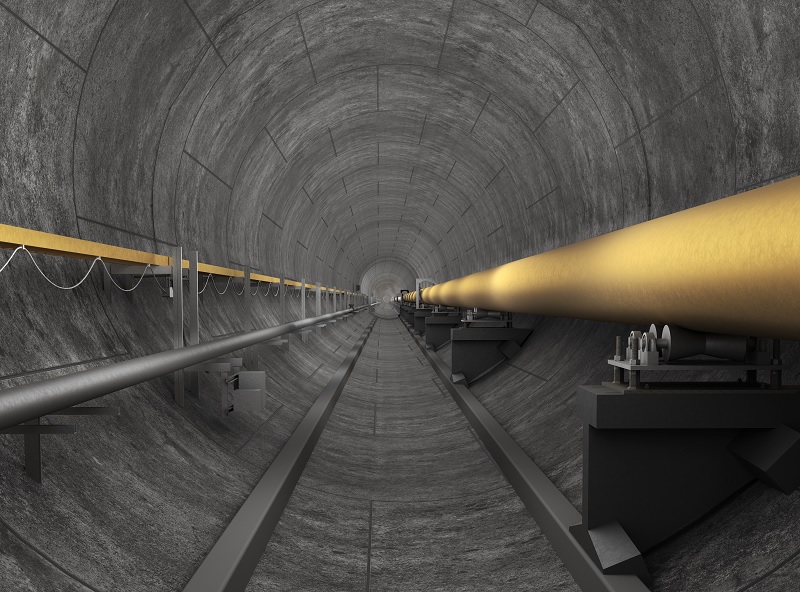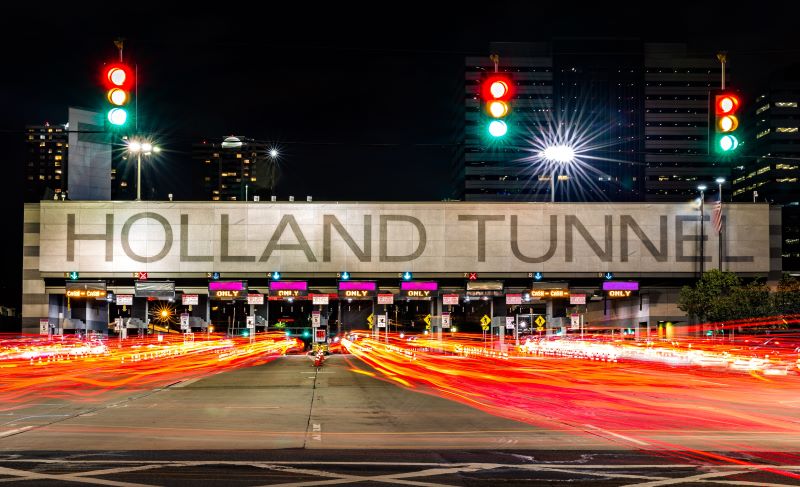Creativity, engineering combine to deliver solutions

Tunnels, including the Great Lakes Project, a hub of transportation
Sept. 17, 2025
Editor’s note: This is part one of a two-part series on tunneling.
Tunnels.
Some people don’t care about going through them.
Others tightly close their eyes until they happily exit them.
Regardless of one’s preference when it comes to going through tunnels, everyone relies on them—for delivery of that new online order, awaiting arrival of dinner or traveling to and from work, school or another destination.
Historically, tunnels demonstrate how ingenuity combines with feats of engineering to deliver practical solutions to transportation challenges across the globe:
- Built in the mid-1800s, the Thames Tunnel in London was the first underwater tunnel in the world.
- Opened in 1924, the Liberty Tunnels in Pittsburgh hold the distinction of being the first mechanically ventilated tunnels to accommodate roadway vehicles.
- In 1927, New York’s Holland Tunnel opened as the first underwater vehicular crossing of the Hudson River.
- The Detroit-Windsor Tunnel links the U.S. and Canada.
- Using a Tunnel Boring Machine (TBM), Virginia’s Hampton Roads Bridge-Tunnel (HRBT) Expansion is under construction on I-64 between Norfolk and Hampton.
 New York's Holland Tunnel toll booth at night.
New York's Holland Tunnel toll booth at night.
“Whether they are road, rail or underwater, tunnels historically have proven to be viable solutions to a number of challenges,” said Paul Meneghini, Enbridge community engagement manager.
“With construction of the Great Lakes Tunnel, Michiganders will be able to continue to receive from Line 5 a safe, reliable source of propane, fuel and other energy while we implement additional measures to protect our waterways.”
Great Lakes Tunnel Project details
Constructed deep under the lakebed of the Straits of Mackinac, the Great Lakes Tunnel will house a segment of Line 5, eliminating the risk of an anchor strike to Line 5 and essentially eliminating the risk of a release into the waterways.
In May, following a five-year review, the U.S. Army Corps of Engineers (USACE) issued a draft Environmental Impact Statement (DEIS) on Enbridge’s permit application. Following public comment on the DEIS and additional USACE review, Enbridge anticipates receiving the USACE’s decision on the permit application this fall.
Additionally, Enbridge in early 2025 re-applied to Michigan’s Department of Environment, Great Lakes and Energy (EGLE) for a state environmental permit; the current permit is set to expire in early 2026.
“Inspired by tunnels of the past, we are prepared to incorporate the best technologies of today in building the Great Lakes Tunnel,” said Meneghini.
“The technology is proven and safe. Our main focus of the Great Lakes Tunnel Project is to ensure the safety of those who will build the tunnel and protecting the people who use the precious waters of the Great Lakes. It’s a responsibility we take seriously.”









